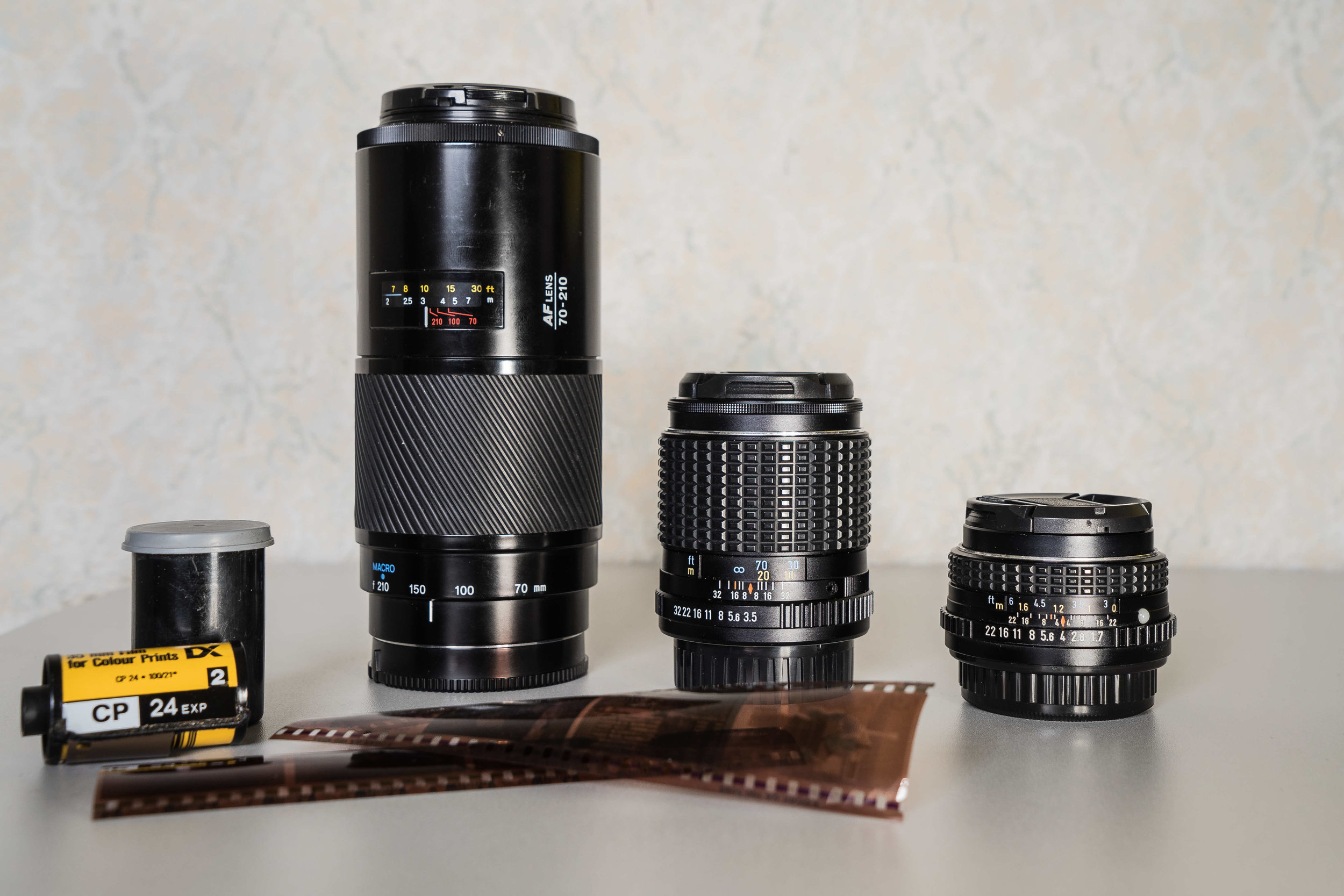After over fifteen years of digital landscape photography these are the practical tips that I think can help you take better landscape photography images. Everything from easy useful tricks to essential bits of kit. If you want to improve your images then read on.
Tripod Tricks
A tripod is essential if you want to capture long exposures such as here to slow down and blur the water.
Get a Tripod - I know you have probably heard this one a dozen times before. You want you shot to be sharp so using a tripod will achieve this right? So you need to go out and buy the best all singing all dancing most expensive tripod you can. Well, no not really, for me the equation is very simple. You need to buy the tripod that you are going to take out with you every time your out on a landscape shoot. This is not the same thing. I have owned tripods before that extend to enormous heights and drop incredibly low to the floor, have every conceivable feature, yet fifty percent of the time I left it at home because it was too heavy. Every photographer is different and has there own requirements of a tripod, and every tripod will have compromises. The trick is to find the one that achieves your goals most of the time and that you are happy to take out on every shoot, then you have found the perfect tripod for you.
Work a Location - What I mean by this is that far too often we visit a place, take a shot and consider that location as done. A good example of this may be that you are out on a family walk in the middle of the day, you spot a nice composition, you stop and take a picture. All very nice but it could be so much more. Consider what that location might have to offer at different times of the day. What about the time of year? Will the shot look better in Autumn? Maybe it could be transformed in different weather? You see the possibilities are endless. Some photographers can find a composition and can visualise that shot taking in all the above variables. They might even write notes on the conditions they want to go back in, it could be years before everything they want lines up correctly for the shot they can see, but when it does they’ll be ready.
Get a Ground Sheet - I think over the years this has turned out to be one of my best purchases. The humble groundsheet can be used for so many things. Firstly as it says you can put it on the ground to provide a dry surface for the photographer, perhaps you going for a ground level shot. It can also be used to stick you kit on to keep that off the ground. If like me your often waiting for a shot to develop it can be used to throw over the camera and tripod as you wait for that rain to subside.. In a dire situation you can also use it to make a basic shelter to wait out the weather or await rescue. So, I am never without a groundsheet and use it most days even if it generally just provides a dry seat to sit and eat lunch!
Wild CAmp
This ethereal scene was only captured due to wild camping and emerging from the tent at 2.30am.
Wild Camp - I have to admit that this is something that I have only started to do in the last couple of years, but I have to say it makes total sense and I wish I’d done it years ago. As a landscape photographer we are always looking for the best light and most of the time this can be found at the start or end of the day. As an example fort me to catch a sunrise in Derbyshire in the summer months I would have to leave home at around two thirty in the morning. This is obviously impractical. Wild camping allows you to travel to a location in the afternoon, catch the sunset and then be at your location for sunrise the following morning. So, not only do you get two chances for getting a shot you avoid the stress of rushing to get to that location before the sun rises or goes down, perfect. As always when wild camping you should consider it a matter of pride to leave your campsite as pristine as it was before you arrived.
The humble L-Bracket - Such a simple bit of kit but one that you will wonder how you managed without it after your first use. An L bracket is simply what it says, an L shaped bracket that fits around you camera body and takes the place of the tripod plate. This enables you to very easily move the camera from landscape to portrait mode. You must have taken a landscape image and thought that it would look better in portrait mode, so you undue the friction nobs and drop the ballhead sideways to take the portrait shot. Alas you can’t get it level and the ballhead seems to keep letting the camera drop slightly. Sound familiar? The L bracket does away with this, set up the landscape shot, take it, undue the camera from the ballhead, flip it over, tighten and shoot the portrait image. If your not already ordering one on Amazon! Why Not!!
Sun Compass
We got exactly the shot we wanted here because we knew in advance where the sun would go down. We Couldn’t predict the cloud that set on fire but we had maximised our chances of getting the shot.
Get a Sun Compass - Now we all know that the sun rises in the East and sets in the West right? Well not quite! If you consider my second point in this list, to remind you to work a location. One of the main points here is that locations look very different at different times of the day, in differing light and when that light comes from changing directions. I actually learnt this lesson very early on when I visited a location and the success of the shot required the sun to rise in a fairly exact position. All the other effort had been put in and I got to the location in plenty of time, the sun came up and hang on it was almost twenty degrees away from where I expected it to be. As a rule of thumb you can say that during the summer months the sun almost rises in the North East while in winter it can be found peeping above the horizon in the South East. A sun compass allows you to see exactly where the sun will rise and set for any given time of the year so there’s no excuse for not getting the shot. Finally I would also add that you can now get apps for your smartphone that do exactly the same and will even use the phones camera to physically show you the suns position on any given date. Although I have used these I still stick with the physical compass as that doesn’t need a mobile signal!
Bright Sun Shoot!
I switched to an Infrared filter for this shot as it was taken in the middle of a bright sunny day.
The Polarising Filter - Because we mainly shoot digital the need for a massive array of filters has largely been superseded. Most techniques can be replicated during post processing or the digital darkroom as its now called. This is the one filter that cannot be replicated digitally and its the one I always have in my bag. So what does it do, well for me it has a number of uses. The first thing to note is that it works best when at ninety degrees to the sun, that is the effect will be at its most dramatic on your image. When shooting water the polariser can be turned to remove reflections from the surface of the water enabling you to get a clear view of the rocks and interest on the bottom. I use it for this reason but also when shooting a sky that has dramatic clouds or clouds that show some drama a twist of the polariser enhances the drama by darkening the dark cloud and contrasting it with the lighter ones. It really can have the effect of transforming a nice, well composed image into one you would gladly hang on the wall.
Don’t be ruled by the Weather - This could be a controversial one as I know as a landscape photographer we often obsess about the weather. I also do this but I want to try and convince you that this is for a slightly different reason, and for your photography its probably an unhealthy obsession. I think we are so weather lead in our photography because we have a location in mind and we have an image in mind for that location. And the image in that location requires this weather, right? Does that describe you? I know it has done for me in the past. But if you stop to think for a minute what that is doing. It is blinkering you to all the other possibilities that a location may have to offer. To prove my point I would say this. I have done a lot of wildlife photography in the past and I have planned something so that nothing is left to chance. You have watched a particular animal in a field for over a month, you have noted its behaviour, what it does every day. You have built a hide in just the right place, you wait until the wind direction is just right so as not to give up your location. You sit in the hide for twelve hours and nothing turns up. Now in that instance you can keep coming back but the animal may never come back to that field so there really is nothing you can do. You may say this is the same with the weather, however this is not the case. As a landscape photographer you have so many other options at a location if you don’t get the weather you want. Would changing the composition suit these conditions? How about changing the subject altogether? What about an intimate landscape shot. Maybe the sun is just too bright, what about infrared? Maybe its just cloudy and dull so what about a monochrome image where you have to use lines and texture to make the image, Or maybe a minimalist shot? Just get out there and work with what you’ve got and be creative!
Remember the rules, then forget the rules! - You may often of heard tell of the “Landscape Photography Rules”. These mythical rules tell us to use the rule of thirds, use odd numbers rather than even and of course you must shoot at the golden hour. For me these rules have always been more like guidelines. What I would say to you is that if you follow them it will lead you to some very nice images. What you must not let it do is blunt your creativity. We have all heard the saying that rules are meant to be broken and in photography this is certainly the case. Be mindful of the rules but never fear to break them!
Enjoy
Above all, simply enjoy your photography and the natural world around you. Sometimes it’s nice to forget the camera and just gaze in awe!
Enjoy Your Photography - This is a surprisingly easy one to forget and I can include myself in this category. I spent years taking wildlife images almost exclusively. After nine hours in a freezing hide with nothing turning up to photograph I finally realised that I just wasn’t enjoying it. For me it took a period away from photography to rediscover my passion and now when this feeling comes to me again I no longer need to walk away from this wonderful hobby, instead I switch genres and try something completely new or go back to something I enjoyed in the past, and yes that does include wildlife photography!
I hope you have found this short list of tips useful if you have please leave me a comment and I would be really interested to hear any photography tips you may have that didn’t make this list.
If you would like to join me for a days one to one photography tuition please find more details by clicking the Learn More button.
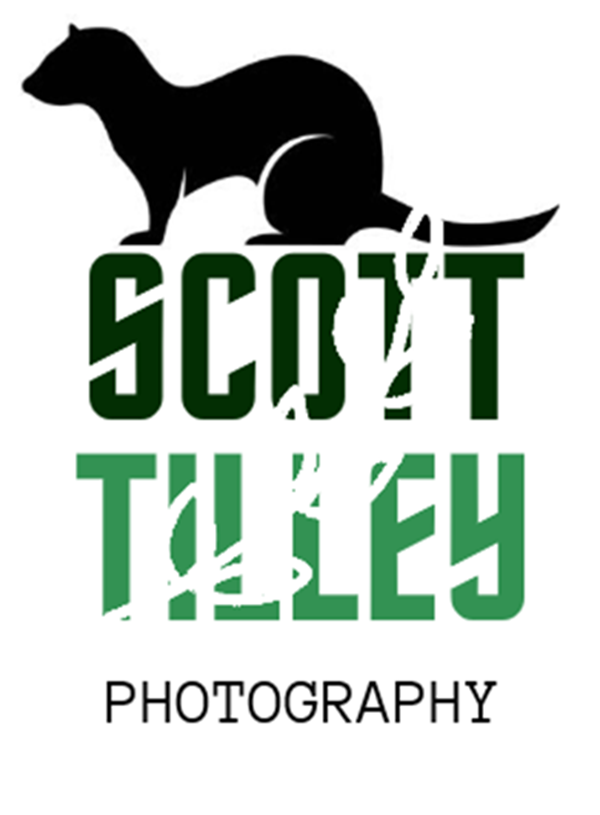
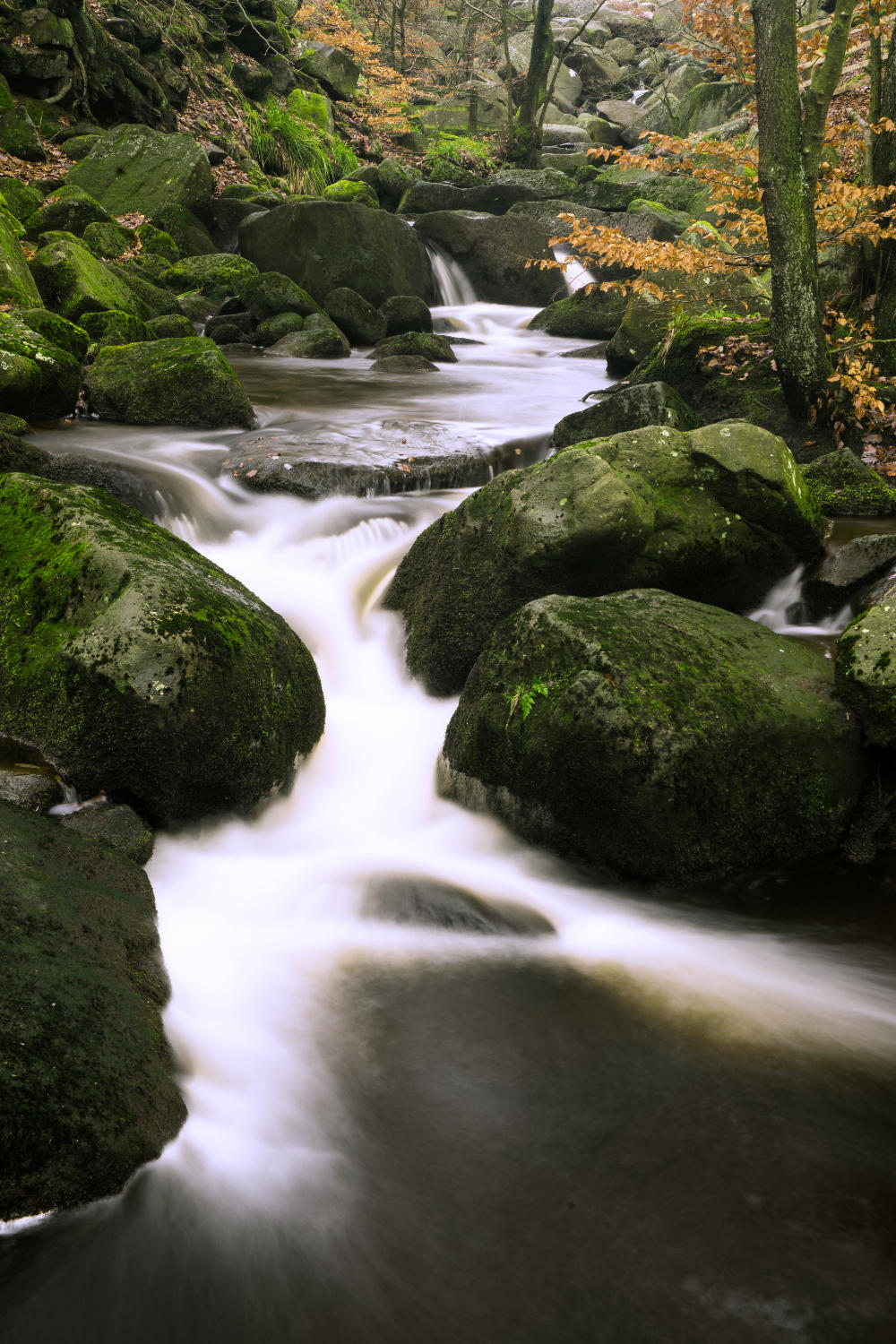
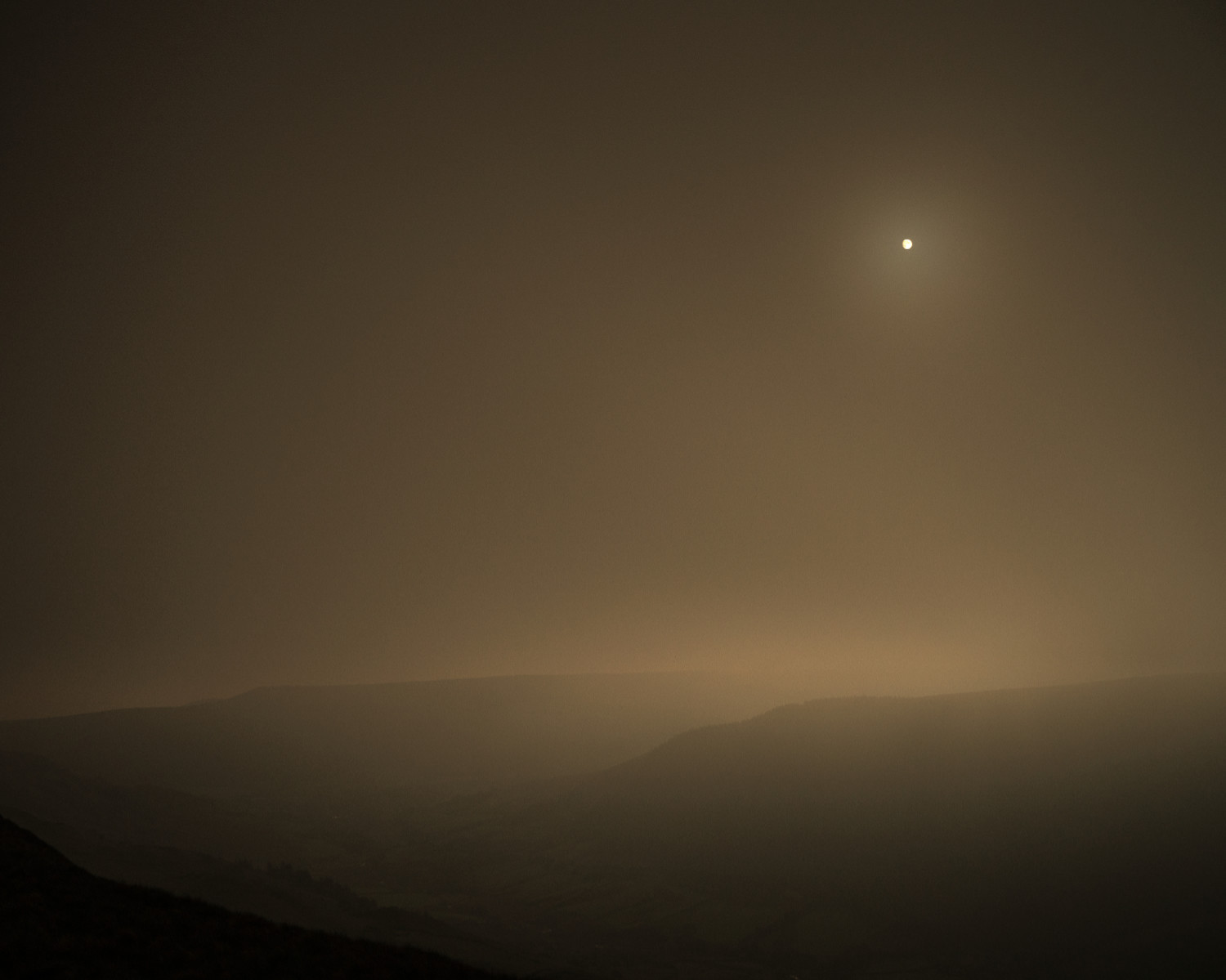



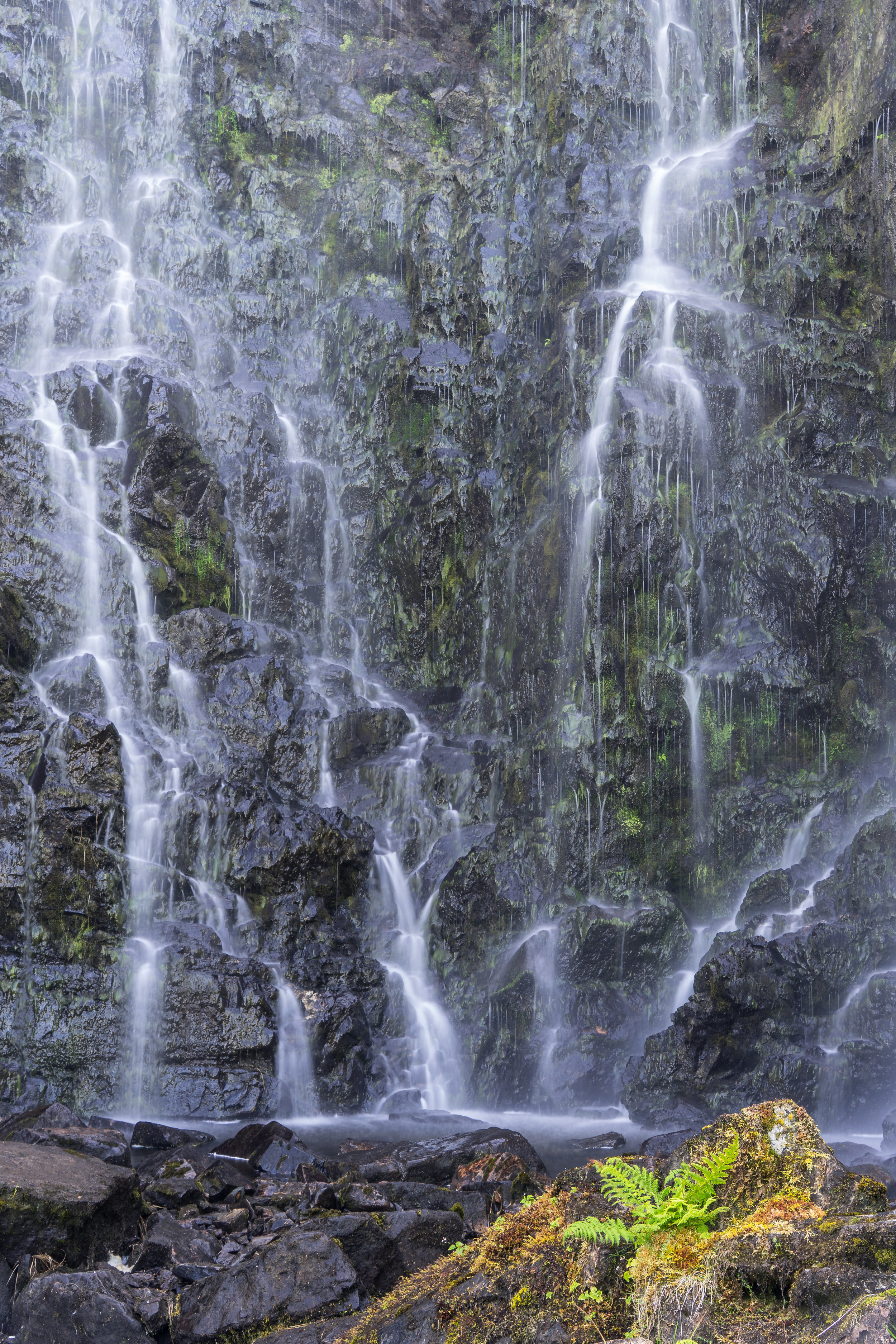



![FB_IMG_1548163581409[3210].jpg](https://images.squarespace-cdn.com/content/v1/5b61b33f3917ee1ec3846a67/1548164201486-2OYJCP2TFO9QGX71MIIB/FB_IMG_1548163581409%5B3210%5D.jpg)
